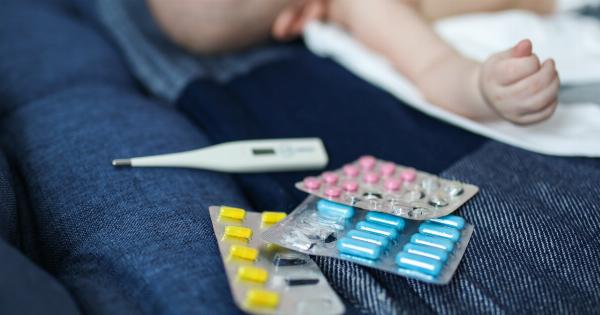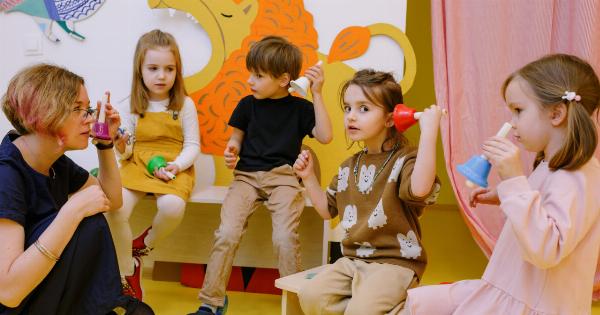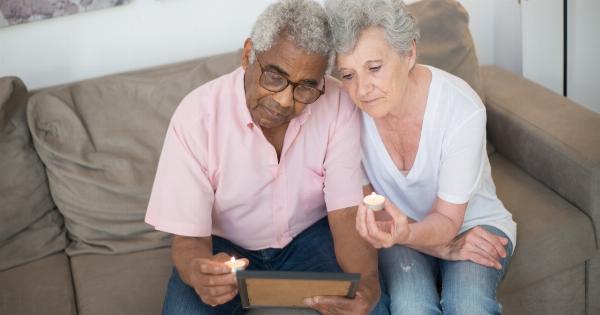Co-sleeping, a practice where parents and infants share the same sleeping space, has been a topic of debate in many countries around the world.
While some cultures embrace co-sleeping as a way to foster a stronger parent-child bond and promote infant development, others view it as a potential risk to the baby’s safety. One country that has taken a strict stance against co-sleeping is Sweden. In this article, we will explore the reasons behind Sweden’s no co-sleeping policy and how it aims to safeguard the health and well-being of babies.
The Concerns Surrounding Co-Sleeping
Co-sleeping can be a controversial topic, with passionate arguments on both sides.
Proponents of co-sleeping argue that it is natural and beneficial for the baby, promoting breastfeeding, better sleep patterns, and a stronger emotional bond between parent and child. However, there are also valid concerns raised by experts regarding the safety of co-sleeping.
One of the major concerns is the risk of suffocation. Babies are small and vulnerable, and the presence of pillows, blankets, or even the parents themselves can inadvertently pose a suffocation hazard.
Additionally, the adult sleep cycle differs from that of an infant, increasing the likelihood of accidental rolling over or overlaying the baby during the night. This risk is particularly high when parents are under the influence of alcohol, drugs, or overly exhausted, as their ability to react and respond to the baby’s movements may be impaired.
Another concern is the increased risk of sudden infant death syndrome (SIDS) associated with co-sleeping. SIDS is the unexplained death of an otherwise healthy baby, usually during sleep.
While the causes of SIDS are still not entirely understood, studies have shown a correlation between co-sleeping and a higher incidence of SIDS cases. This association has led many countries, including Sweden, to adopt measures aimed at preventing co-sleeping as a means of reducing SIDS rates.
Sweden’s Strict No Co-Sleeping Policy
In Sweden, the topic of co-sleeping has been extensively studied, and the country has implemented a strict no co-sleeping policy in an effort to prevent infant deaths and promote sleep safety.
The Swedish National Board of Health and Welfare advises parents to ensure that infants have their separate sleeping space, such as a crib or bassinet, close to the parents’ bed but without sharing the same sleeping surface.
This policy is reinforced by public campaigns and initiatives that aim to educate parents about the potential risks associated with co-sleeping.
The Swedish government has made it a priority to raise awareness about safe sleep practices, including the importance of placing newborns on their backs and eliminating any loose bedding or soft objects from the sleeping environment.
Promoting Safe Sleep Practices
Sweden’s no co-sleeping policy is part of a broader strategy to promote safe sleep practices for infants.
The Swedish government promotes the use of separate sleeping spaces for babies, such as cribs or bassinets, with firm mattresses and fitted sheets. The use of sleeping bags instead of blankets is also encouraged to reduce the risk of suffocation.
Additionally, Sweden has implemented regulations and safety standards for baby products, such as cribs and mattresses, to ensure they meet rigorous safety requirements.
These regulations aim to minimize the risk of accidents and create a safe sleep environment for infants.
The Influence of Cultural Factors
The acceptance or rejection of co-sleeping practices is often influenced by cultural factors.
In Sweden, the prevailing cultural belief is that babies should have their own sleeping space to foster independence and promote healthy sleep habits from an early age. The emphasis on individualism and personal space may have contributed to the country’s strict no co-sleeping policy.
In contrast, other cultures may view co-sleeping as an essential part of the bonding process and prioritize emotional closeness over potential safety risks.
These cultural differences highlight the need for a nuanced understanding of co-sleeping practices and the importance of considering both the benefits and risks in each specific cultural context.
Alternatives to Co-Sleeping
For parents who wish to maintain closeness with their infants without resorting to co-sleeping, there are alternative practices that can help achieve a strong parent-child bond.
One such practice is room-sharing, where the baby has their separate sleeping space in the same room as the parents. This allows for easy access during feeding or comforting but reduces the risk of accidental suffocation or overlaying.
Other practices, such as kangaroo care or skin-to-skin contact, are also effective ways to enhance the parent-infant bond while promoting infant well-being.
These practices involve holding the baby against the parent’s bare chest, which has been shown to improve sleep patterns, regulate body temperature, and promote breastfeeding.
The Importance of Individual Choice
While Sweden has implemented a no co-sleeping policy to safeguard infant health, it is important to acknowledge that every parent’s situation is unique.
Factors such as cultural beliefs, personal preferences, and the specific needs of the baby should all be taken into account when making decisions about sleep practices.
It is crucial for parents to be well-informed about the potential risks and benefits associated with co-sleeping, as well as the available alternatives.
Consulting pediatricians or sleep experts can provide valuable guidance and support in making informed decisions that prioritize the safety and well-being of both the parent and the baby.
Conclusion
Sweden’s strict no co-sleeping policy reflects the country’s commitment to safeguarding infant health and reducing the risk of suffocation and sudden infant death syndrome.
While co-sleeping is a practice cherished by some cultures, it is essential to consider the potential risks involved and explore alternatives that provide the benefits of closeness while ensuring the safety of the baby.





























